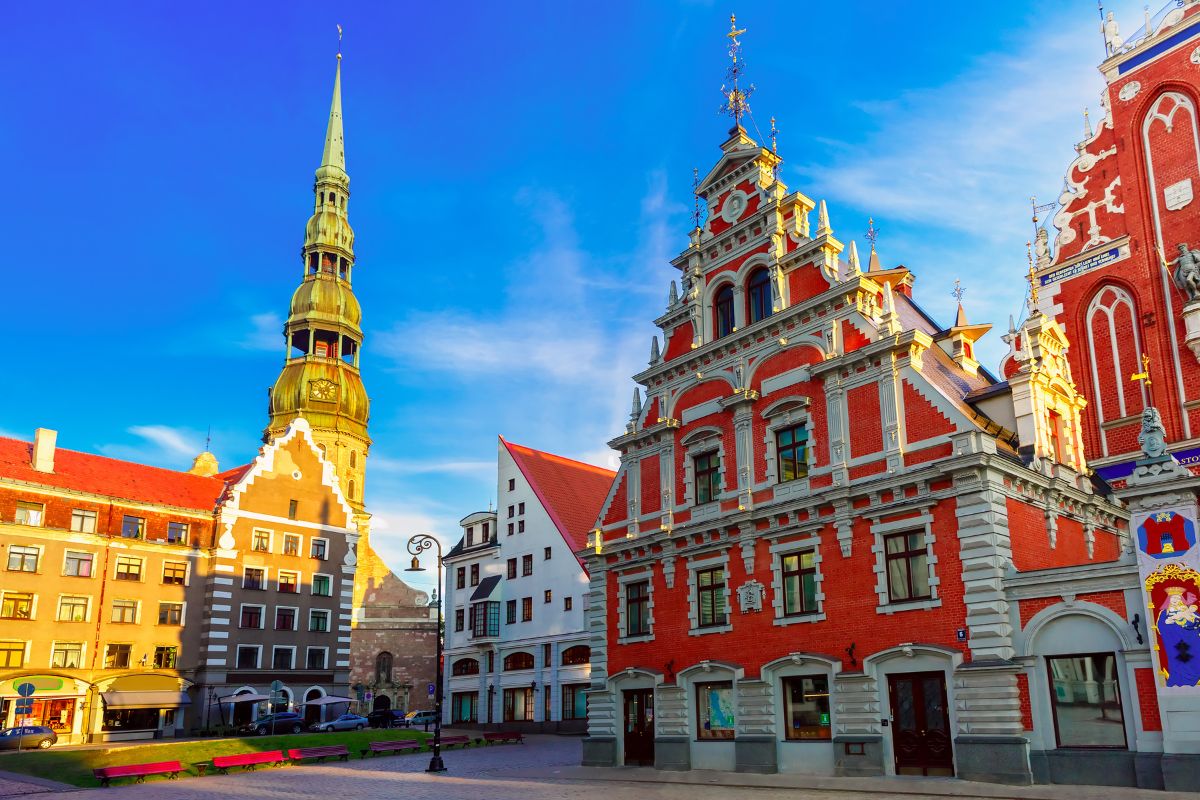In the Latvian capital of Riga, an 80-metre concrete obelisk came crashing down in late August to the loud cheers of a nearby crowd. It was created to commemorate the Soviet Army’s capture of Latvia in 1944. Days earlier in Estonia, another Soviet monument, this time of a tank adorned with the communist red star, was removed and taken to reside in a museum. Such scenes are happening all over central and eastern Europe ~ in Poland, Lithuania and Czechia. The removal or destruction of Soviet-era monuments is a powerful reminder of the complex relationship that exists between history, memory and politics. Monuments are powerful instruments of propaganda, making the events of the past visible in the present. Public art of this type defines the heroes of history and writes the story of a nation’s identity. But these objects being removed reflect (and create) conflicting histories and interpretations of the aftermath of war.
Public memory is not uniform or static. Statues and memorials erected in the years after the second world war are prime examples. Intended to commemorate liberation from Nazism, they were also symbols of Soviet power and presence in eastern Europe and political and military occupation. As a result, memorials, statues and monuments that appear to propagate communism or commemorate the Soviet past have also been subject either to government-sanctioned removal or, more commonly, defacement, marginalisation or repurposing. Their removal is not a destruction or an erasure of history, but a creation of a new way of remembering. In Ukraine, the “de-communisation” law passed in April 2015 prohibited the use of communist symbols and propaganda in monuments, places and street names.
Advertisement
More than 2,000 monuments to Ukraine’s communist past were removed between 2015 and 2020, following the Russian annexation of Crimea. An updated law on de-communisation in Poland in 2017 enforced the removal of monuments and memorials to individuals and events that symbolised communism or other forms of totalitarianism. Driven by the Russian war in Ukraine, the Polish Institute of National Remembrance intensified its efforts to de-communise public spaces. In March 2022 its head, Karol Nawrocki, called for swift action to remove symbols that might promote communism from public spaces. Soviet-era monuments have also been removed from public places in Estonia, to ensure ~ in the words of the prime minister, Kaja Kallas ~ that Russia would be denied any opportunity to “use the past to disturb the peace”.
In Latvia’s capital, Riga, as the Soviet war memorial was demolished, the city’s mayor, Martinš Stakis, argued that the monument had glorified Russian war crimes, and should be demolished physically and “in the hearts as well”. But the removal of visible memorials to the Soviet era has been divisive. Such monuments and imagery were a prominent part of the landscape, and their removal has fuelled arguments about national identity and history. For some observers, de-communisation was necessary to prevent the rise of oppressive regimes. For others, the disappearance of statues and military monuments was a visible, forceful and unjustified attempt to erase a nation’s past, however troubled it was. Among them was a spokesman for the Russian president, Vladimir Putin, who condemned the removal of Soviet-era monuments as a “war against history”.
A version of this story appears in the print edition of the September 10, 2022, issue.









